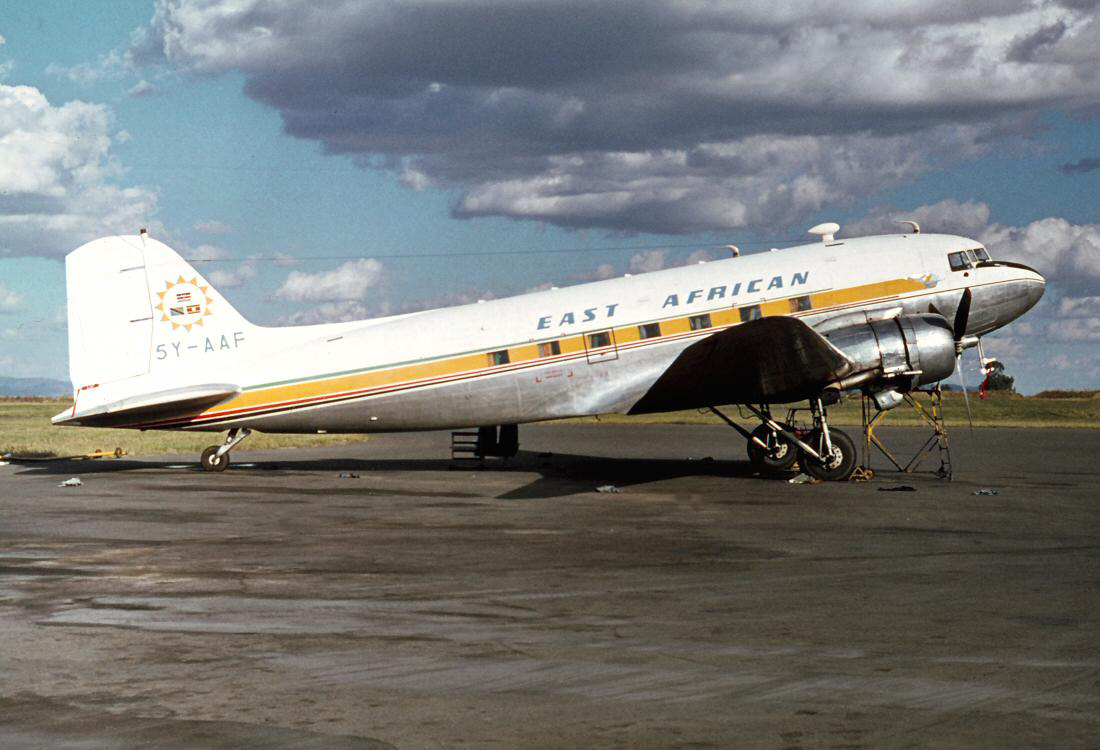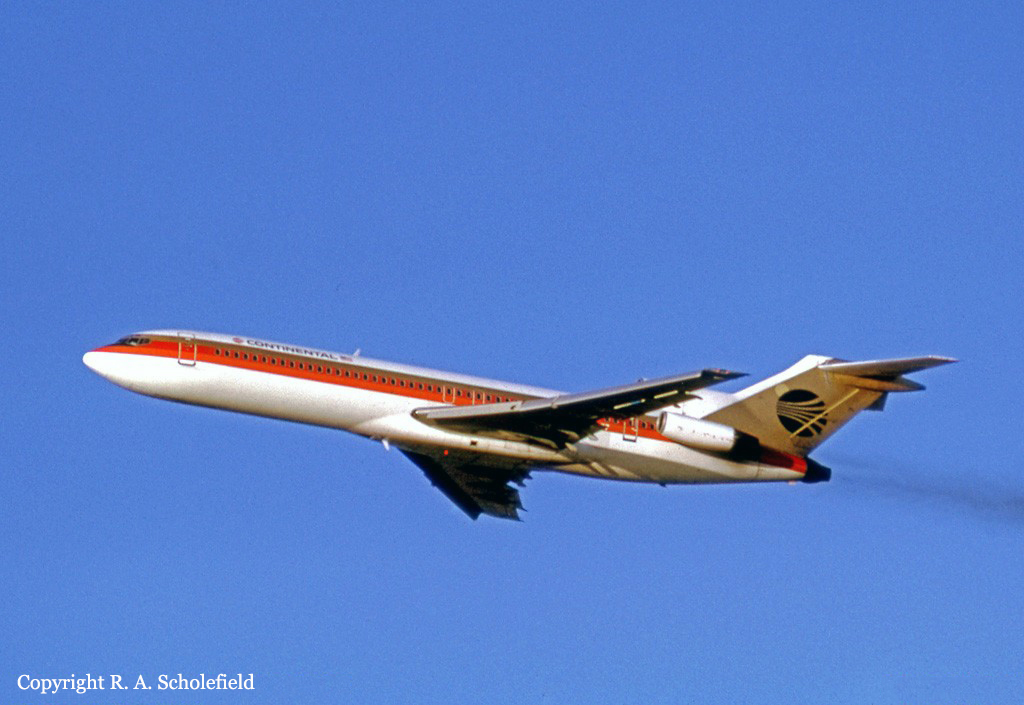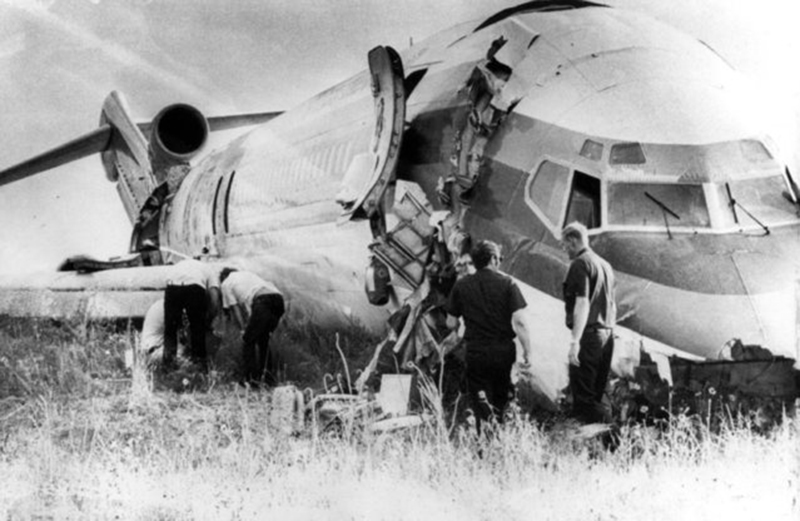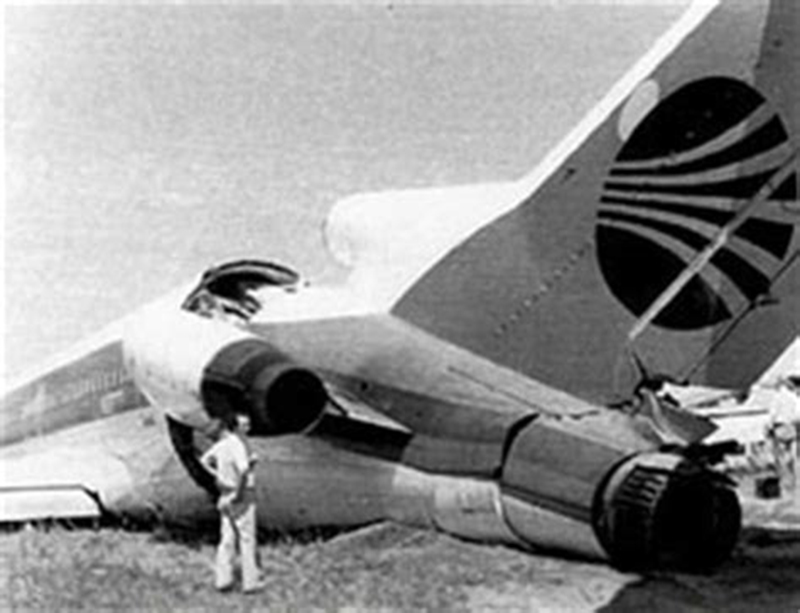Crash of a Cessna 402A in Open Bay
Date & Time:
Aug 28, 1975
Registration:
P2-PAU
Survivors:
Yes
MSN:
402A-0118
YOM:
1969
Crew on board:
0
Crew fatalities:
Pax on board:
0
Pax fatalities:
Other fatalities:
Total fatalities:
0
Circumstances:
Crashed in unknown circumstances into Open Bay. No casualties.












